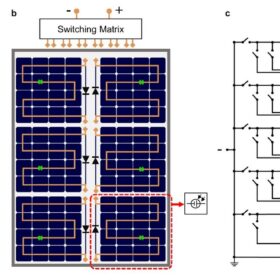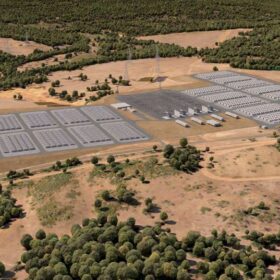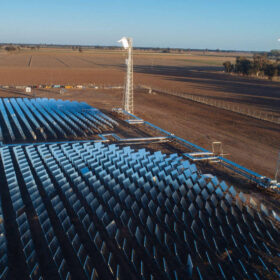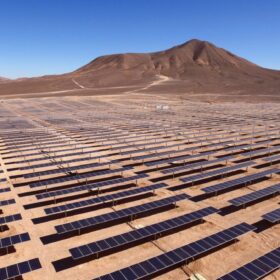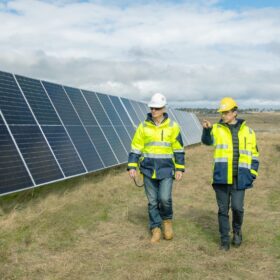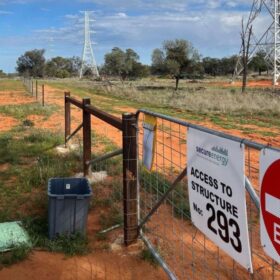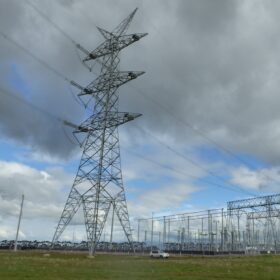Reconfigurable series-parallel photovoltaic modules with high shading tolerance
TU Deflt researchers made a first attempt to validate reconfigurable solar modules using prototypes in outdoor tests. The panels consist of two or more blocks of solar cells that are connected to a switching matrix and reportedly achieve a 10.2% higher energy yield than conventional shade-resilient modules under partial shading conditions.
Martin Green’s solar cell efficiencies at a glance – updated
The research group led by Professor Martin Green has published Version 63 of the solar cell efficiency tables. There are six new results reported in the new version.
Synergy secures planning approval for 2 GWh big battery
Western Australian government-owned utility Synergy’s plan to build a 500 MW/2,000 MWh battery energy storage system in the state’s southwest to improve system security and support increased renewable energy generation in the main grid has been given the tick of approval by planning authorities.
Vast scores EDF support for concentrated solar power technology
Australian solar thermal specialist Vast Renewables will look to accelerate the development of its concentrated solar power technology after securing a $16.37 million (€10 million) capital commitment from French energy giant EDF Renewables.
Solar LCOE now 29% lower than any fossil fuel option, says EY
A report from Ernst & Young shows that despite inflationary pressures, solar remains the cheapest source of new-build electricity. The global weighted average levelised cost of electricity for PV is now 29% lower than the cheapest fossil fuel alternative.
Grid connection applications climb as AEMO points to ‘major influx’
A “major influx” of new renewable generation and storage capacity is poised to connect to Australia’s main grid with the energy market operator revealing almost 150 projects representing more than 31 GW of new capacity are in the application and pre-registration stages.
Union alleges EnergyConnect workers face unsafe conditions
Australia’s largest electricity transmission project has hit a snag with a major union alleging transmission line workers delivering the New South Wales stretch of the $2 billion-plus (USD 1.32 billion) Project EnergyConnect electricity interconnector have been working in unsafe and non-compliant conditions.
AusNet tips network upgrade to unlock 1.5 GW of renewables
Victorian network operator AusNet has commenced construction of a transmission network upgrade that is expected to reduce generation constraints and improve network stability in the state’s southwest, unlocking 1.5 GW of additional renewable energy generation capacity.
Nuclear who?
Authors of the “World Nuclear Industry Status Report 2023” define the future role of nuclear energy in the global energy mix as “irrelevant” and “marginal.” The authors add that there were 407 operational reactors producing 365 GW in the middle of the year, which is less than installed capacity predictions for solar by the end of the year.
Hail damage accounts for about half of all solar facility loss claims, says GCube
GCube Insurance says that hail damage accounts for less than 2% of filed claims but constitutes more than 50% of total costs for solar facility loss claims.
